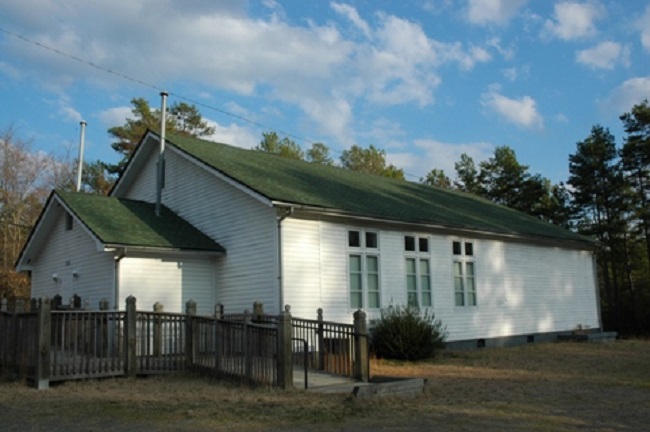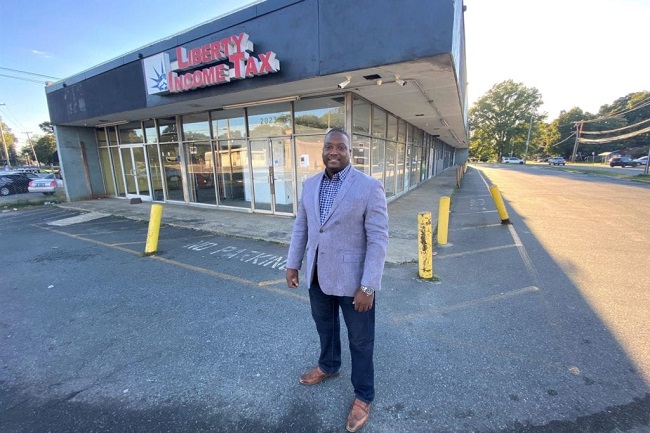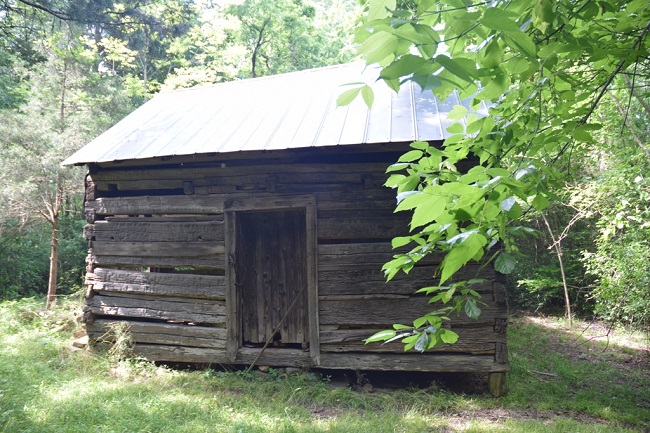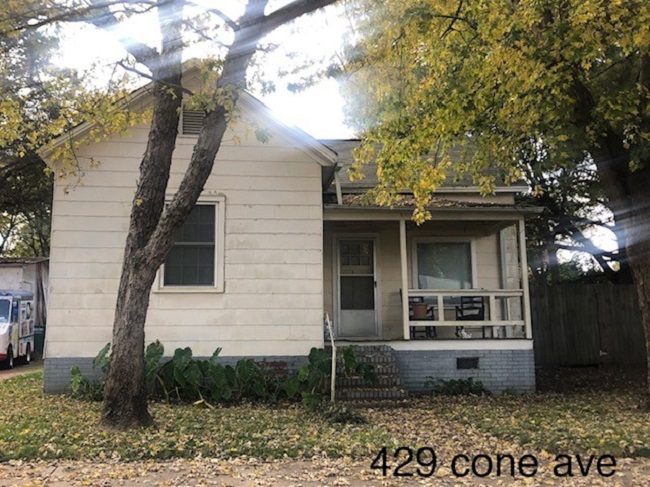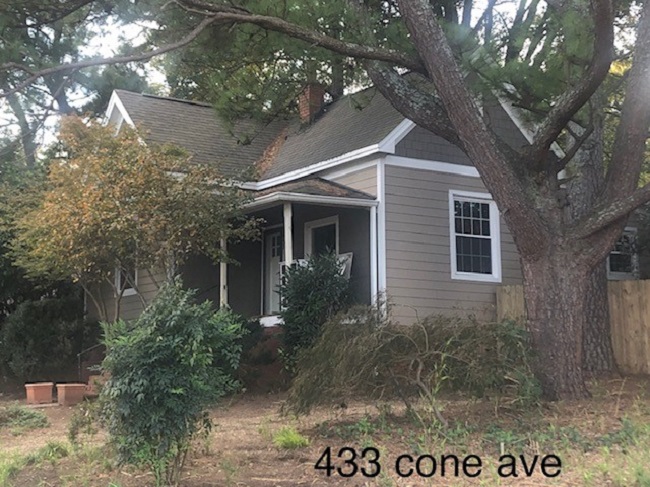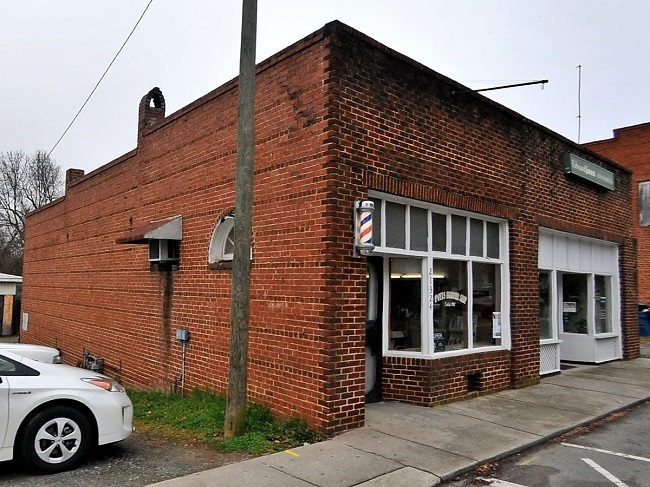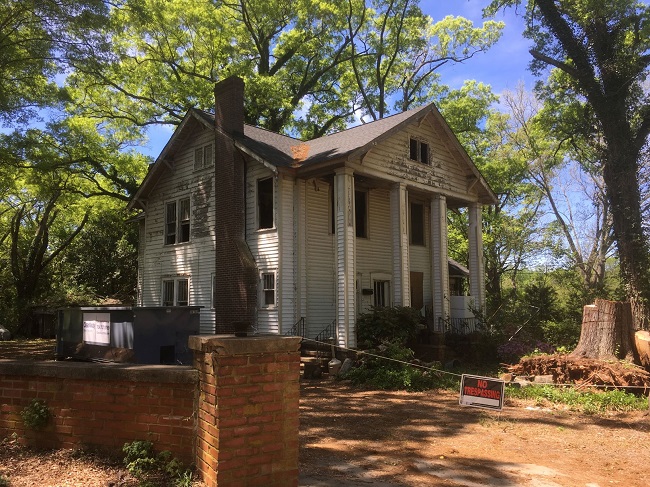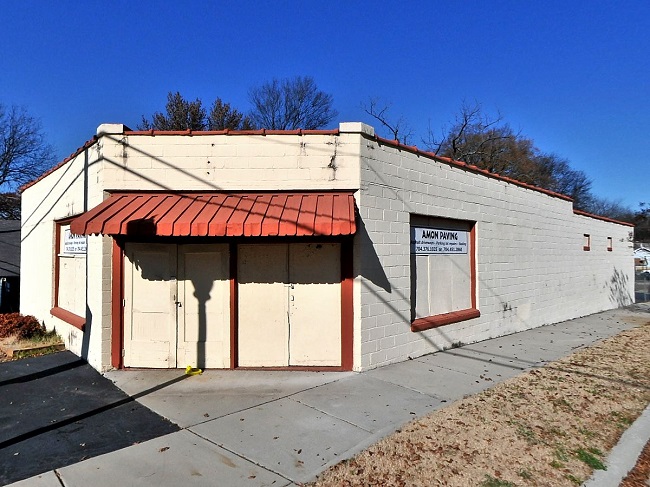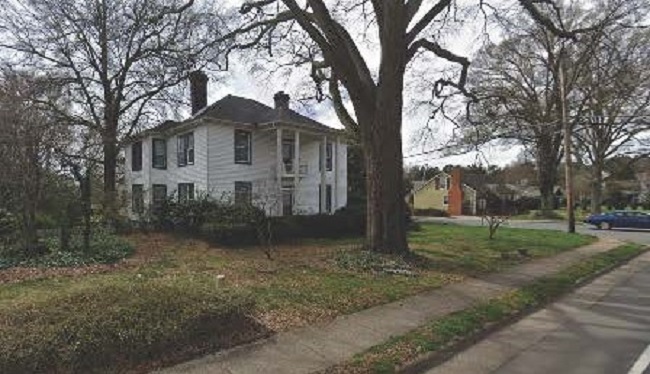The Survey Committee meeting scheduled for Wednesday, June 23, 2021, will be a virtual meeting. Please note there will be no accommodation for any in-person attendance. If you need special accommodations, please contact the HLC office at 980-314-7660.
1. Chair’s Report: Brian Clarke
a. Johnston Farm, 8520 Dixie River Road, Charlotte
b. WBT Transmission Facility, 9201 Nations Ford Road, Charlotte
2. Parkwood Avenue A.R.P. Church, 1017 Parkwood Avenue, Charlotte
The owners of Parkwood Avenue A.R.P. Church have engaged a consultant to revise the designation report to reflect the changes that were made to the property during renovations and would like for the Committee to consider recommending the property for landmark designation.
3. Updates on Davidson Historic Properties
HLC Staff and the Town of Davidson have come to an agreement to co-produce four designation reports concentrating on African American resources. Below is a list of potential properties:
a. Conner House, 122 Mock Road

Conner House
b. Houston House, 335 Catawba Avenue
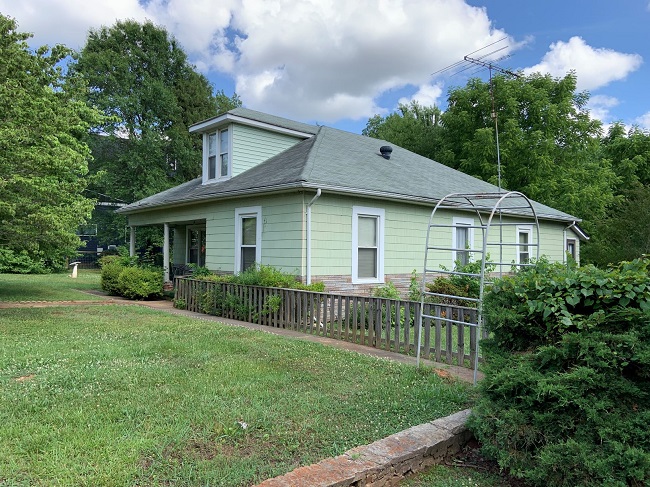
Houston House
c. Ada Jenkins House, 111 Sloan Street
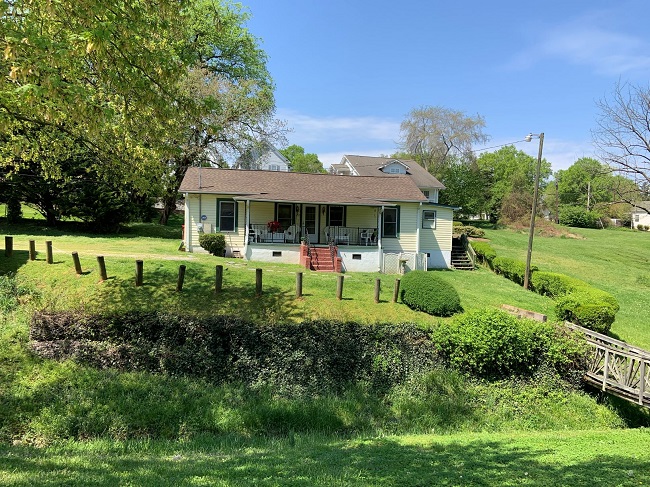
Ada Jenkins House
d. Mills House, 136 Mock Circle
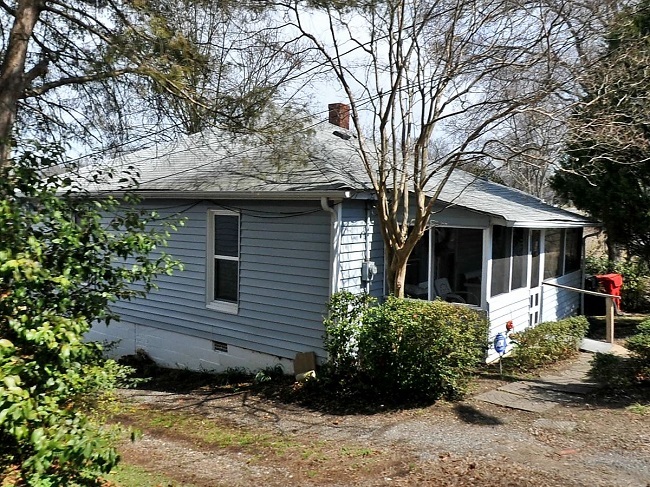
Mills House
e. Mayhew House, 235 Eden Street

Mayhew House
f. Davidson Presbyterian Church, 214 Depot Street
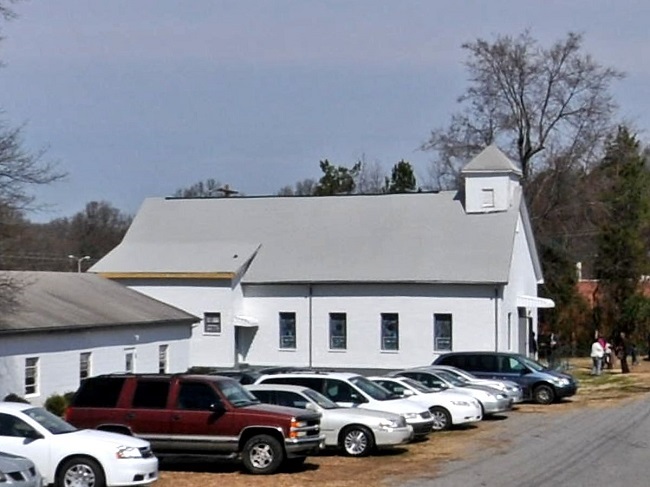
Davidson Presbyterian Church
g. Sparrow’s Nest, Davidson College Campus
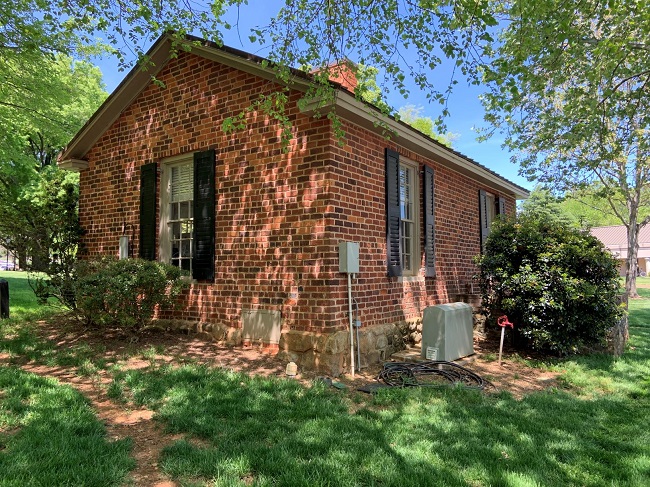
Sparrow’s Nest
4. Pineville Survey Implementation
Using the survey data, Staff has identified 12 houses that have high integrity and represent the diversity of the housing types found in the Pineville Mill Village. Staff will contact the owners of these properties to determine the level of interest in landmark designation. These properties can also be used as a benchmark when evaluating other properties in the mill village.
5. Beatties Ford Road Corridor Study
2019-2020 Beatties Ford Road Corridor Survey Project
2021 Addendum – Neighborhoods of the Lower Beatties Ford Road Corridor
Staff is seeking feedback from the Committee regarding this latest version of the survey and how to present the findings to the community.
6. Update on Designations
The following properties will be considered in a public hearing at Charlotte City Council’s meeting on June 28:
a. William H. Peeps House, 831 E. Worthington Avenue, Charlotte
b. Edgewood Plantation, 11132 Eastfield Road, Charlotte
c. Ervin Building, 4037 E. Independence Boulevard, Charlotte
d. Larkwood-Chadbourn Hosiery Mill Plant, 451 Jordan Place, Charlotte
e. Victor Shaw House, 2400 Mecklenburg Avenue, Charlotte
Staff plans to bring the following properties to Charlotte City Council in August:
a. Kimberlee Apartments, 1300 Reece Road, Charlotte
b. Stafford Properties, Charlotte
c. 2nd Ward YMCA, 416 East 3rd Street, Charlotte
7. Staff Report: Jack Thomson and Stewart Gray
a. Wadsworth House Meeting Site
8. Old Business
9. New Business

